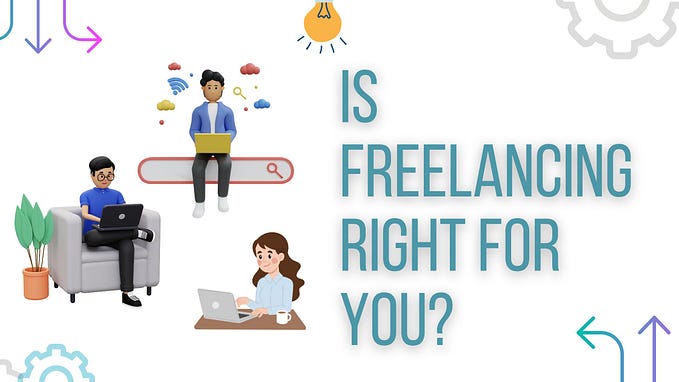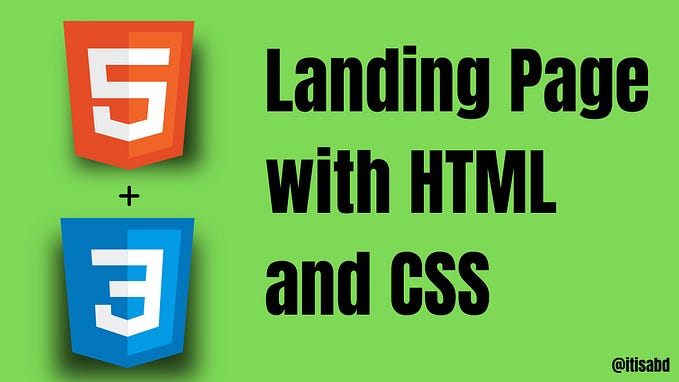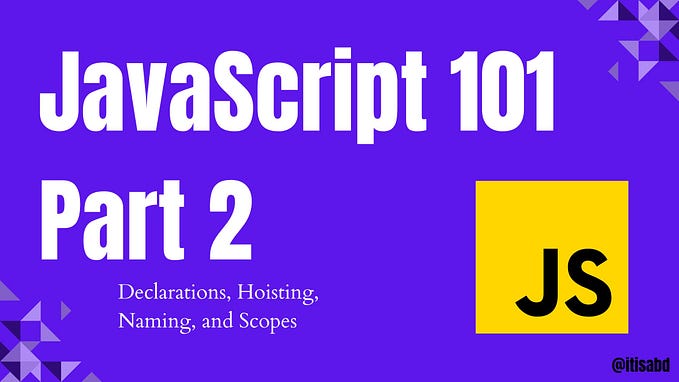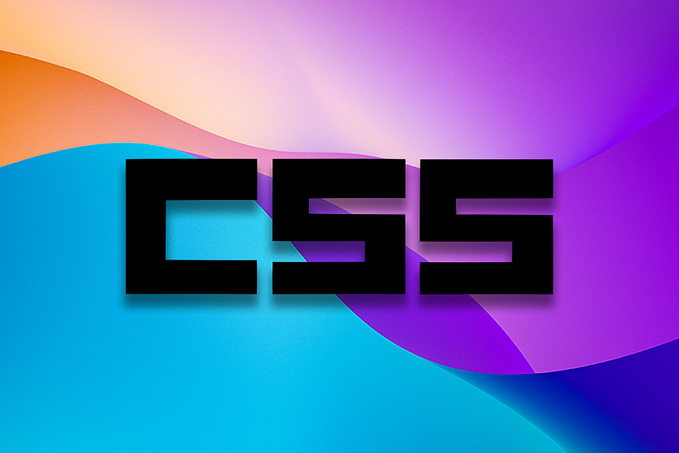Mastering CSS: Your Quick Guide to Stylish Web Pages

Ready to create visually stunning and responsive websites? CSS is the key to unlocking your design potential. While it might seem daunting at first, you can achieve impressive results in a relatively short time with the right approach. Let’s dive into some practical tips and code examples to get you started!
1. Grasp the Fundamentals:
- Understand the Box Model: Every element on a web page is treated as a box with margins, borders, padding, and content. Understanding this model is crucial for manipulating elements’ layout and spacing.
/* Example: Setting margins, padding, and border */
div {
margin: 10px; /* Outer spacing around the box */
padding: 20px; /* Inner spacing between content and border */
border: 1px solid black; /* Border around the box */
}- Selectors: Your Targeting Tools: Learn how to use different selectors (IDs, classes, element types, etc.) to precisely target the elements you want to style.
/* Example: Targeting elements using IDs and classes */
#header {
background-color: #f0f0f0;
}
.error-message {
color: red;
}- Properties and Values: Familiarize yourself with common CSS properties (like
font-family,color,text-align,display, etc.) and their possible values to control various visual aspects of elements.
2. Embrace Layout Techniques:
- Flexbox: Your Flexible Friend: Master Flexbox to create dynamic and responsive layouts with ease. It’s a powerful tool for aligning, distributing, and positioning elements within a container.
/* Example: Basic Flexbox layout */
.container {
display: flex; /* Activate Flexbox */
flex-direction: row; /* Items arranged horizontally */
justify-content: space-around; /* Distribute items evenly with spacing */
}- Grid: For Complex Structures: For more intricate layouts, explore CSS Grid. It allows for a two-dimensional arrangement of elements, enabling more control over rows and columns.
/* Example: Basic Grid layout */
.grid-container {
display: grid;
grid-template-columns: 1fr 1fr; /* Two equal-width columns */
grid-gap: 10px; /* Spacing between items */
}3. Practice and Experiment:
- Code Every Day: Consistency is key! Set aside even 15–30 minutes daily to practice CSS concepts and build small projects.
- Replicate Existing Designs: Challenge yourself by replicating website layouts or components you admire.
- Explore Resources: Utilize online tutorials, courses, and interactive platforms like CodePen or JSFiddle to enhance your learning.
4. Embrace Responsiveness:
- Media Queries: Adapt to Any Screen: Ensure your websites look great across different devices by using media queries to adapt styles based on screen size.
/* Example: Adjusting font size for smaller screens */
@media (max-width: 768px) {
body {
font-size: 14px;
}
}5. Build Projects and Get Feedback:
- Apply Your Skills: Create personal projects or contribute to open-source initiatives to solidify your understanding and showcase your abilities.
- Seek Feedback: Share your work with other developers or designers to get constructive feedback and identify areas for improvement.
Remember:
- Prioritize Understanding Over Memorization: Focus on comprehending the logic behind CSS concepts rather than just memorizing rules.
- Experiment and Don’t Be Afraid to Break Things: CSS is forgiving. Play around with different properties and values to see their effects and learn through trial and error.
- Refer to Documentation and Online Resources: Utilize official documentation and reputable online tutorials when you need guidance.
CSS is a powerful tool for web designers and developers. By following these tips and dedicating consistent practice, you can master its fundamentals and create visually appealing and engaging web experiences in a relatively short time. Embrace the journey, and unleash your creativity!
More resources to learn:










